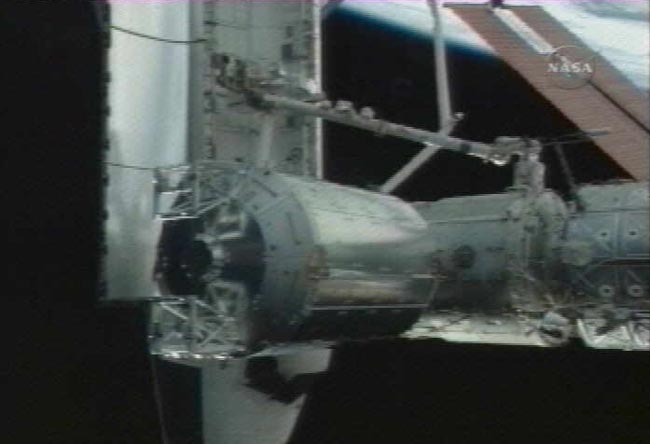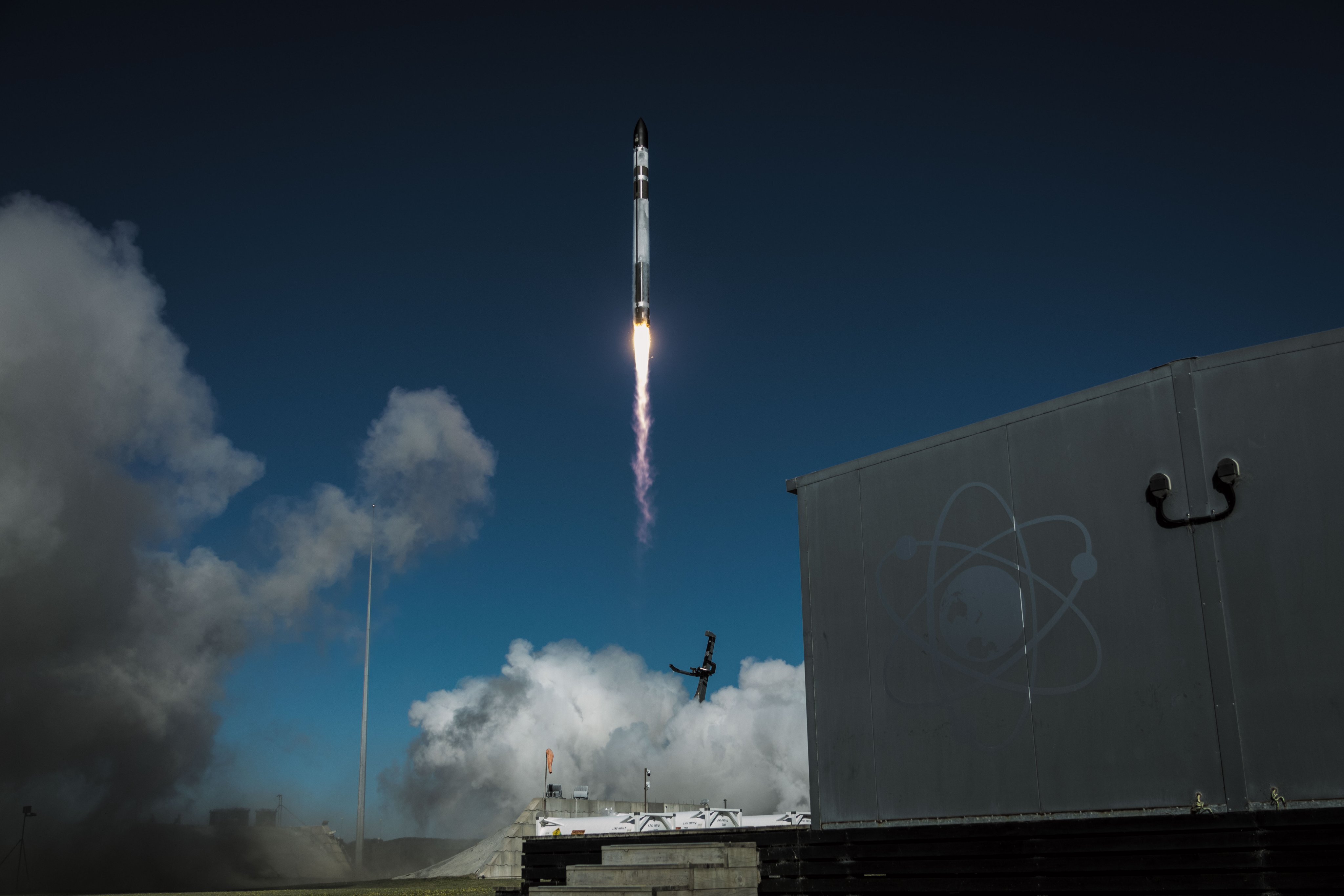NASA Readies Backup Shuttle Runway to Aid Spy Satellite Shot

This story was updated at 11:59 p.m. EST.
HOUSTON —NASA will call up a backup landing strip for the space shuttle Atlantis nextweek to give the U.S. military more leeway to shoot down an ailing spy satellite,mission managers said Friday.
The spaceagency will activate a backup runway at California?s Edwards Air Force Base onFeb. 20 in addition to the shuttle?s primary landing site at the Kennedy SpaceCenter (KSC) in Cape Canaveral, Fla., to give the U.S. Navy the largest windowpossible in which to launch a missileat the dead satellite, said Sally Davis, lead space station flight director forthe shuttle flight.
?We?regoing to open up Dryden at the Edwards Air Force Base to ensure that we land atthe earliest opportunity, Davis told reporters as she read a NASA statementhere at the Johnson Space Center. ?The reason is to give the military the biggestpossible window and maximum flexibility to ensure the success of the satellite intercept.?
Atlantis iscurrently scheduled to land at the KSC runway at 9:06 a.m. EST (1406 GMT) onWednesday, with a second opportunity available at 10:40 a.m. EST (1540 GMT). Byactivating the backup runway at Edwards, a third landing possibility is nowavailable at 12:12 p.m. EST (1712 GMT).
Pentagonofficials announced Thursday that it plans to fire a StandardMissile 3 from a U.S. Navy Aegis ship in the days following Atlantis? landingto destroy a U.S. reconnaissance satellite before it crashes to Earth.
?Sowe're going to bring the shuttle down before we even consider this option,? U.S. Marine Corps Gen. JamesCartwright, vice chairman of the Joint Chiefs of Staff, said during theThursday announcement. ?
Breaking space news, the latest updates on rocket launches, skywatching events and more!
The classifiedNational Reconnaissance Office satellite weighs 5,015 pounds (2,275 kilograms)and is about the size of a bus. It launched in December 2006, but suffered amajor malfunction and is rapidly falling toward Earth. Eager skywatchers can observethe satellite in orbit as it flies overhead.
If left onits own, at least 50 percent of the satellite?s mass would survive reentry —including a tank full of toxic hydrazine fuel — prompting concerns that debriscould endanger the public should it fall on a populated area, Cartwright said.
The windowin which to destroy the satellite just before it reenters the Earth?s atmosphere — andstill limit the risk of secondary debris endangering unmanned spacecraft, theInternational Space Station (ISS) and the public on the ground — closes justdays after Atlantis? planned Feb. 20 landing.
NASA traditionallyonly targets the Shuttle Landing Facility runway at its KSC for the first landingday of a shuttle mission because it cuts at least a week and $1.7 million fromthe spacecraft?s turnaround costs for subsequent flights.
Backup landing strips are available at Edwards and, less desireably, White Sands SpaceHarbor in White Sands, N.M.?The New Mexico landing strip is less equipped toreceive a landing shuttle and ferry it back to NASA?s KSC launch site than theagency?s Dryden Flight Research Center at Edwards.
NASA chiefMichael Griffin said Thursday that the effort to shoot down the defunct spy satellitewill not endanger Atlantis or the international, three-astronaut crew servingaboard the space station. Top space station officials reiterated that pointtoday.
?We?veanalyzed it and it has negligible impact or additional risk to the spacestation,? said Kirk Shireman, NASA?s deputy space station program manager.
Shiremansaid that there are no current plans to have the space station crew, which iscommanded by Americanastronaut Peggy Whitson, attempt to observe or photograph the satellite?sdestruction from orbit. ?
?We?re notconcerned at all about any risk to the space station an dat this time have noplans for any operations in conjunction,? Shireman said.
Commandedby veteran shuttle astronaut Stephen Frick, Atlantis? seven-astronaut crew isin the midst of a 13-day mission to deliver the European Space Agency?sColumbus lab and a new crewmember to the ISS.
The shuttleastronauts launched aboard Atlantis on Feb. 7. ?
- Skywatching Tip: Spot the Falling Spy Satellite!
- BLOG: Spysat Downing: Sci-Fi Turns Real
- Complete Space Shuttle Mission Coverage

Tariq is the award-winning Editor-in-Chief of Space.com and joined the team in 2001. He covers human spaceflight, as well as skywatching and entertainment. He became Space.com's Editor-in-Chief in 2019. Before joining Space.com, Tariq was a staff reporter for The Los Angeles Times covering education and city beats in La Habra, Fullerton and Huntington Beach. He's a recipient of the 2022 Harry Kolcum Award for excellence in space reporting and the 2025 Space Pioneer Award from the National Space Society. He is an Eagle Scout and Space Camp alum with journalism degrees from the USC and NYU. You can find Tariq at Space.com and as the co-host to the This Week In Space podcast on the TWiT network. To see his latest project, you can follow Tariq on Twitter @tariqjmalik.
